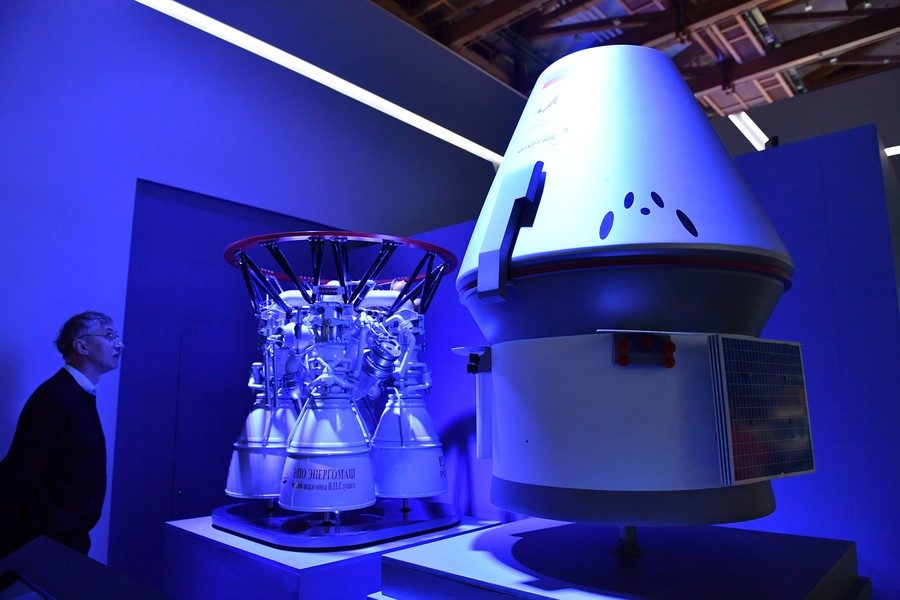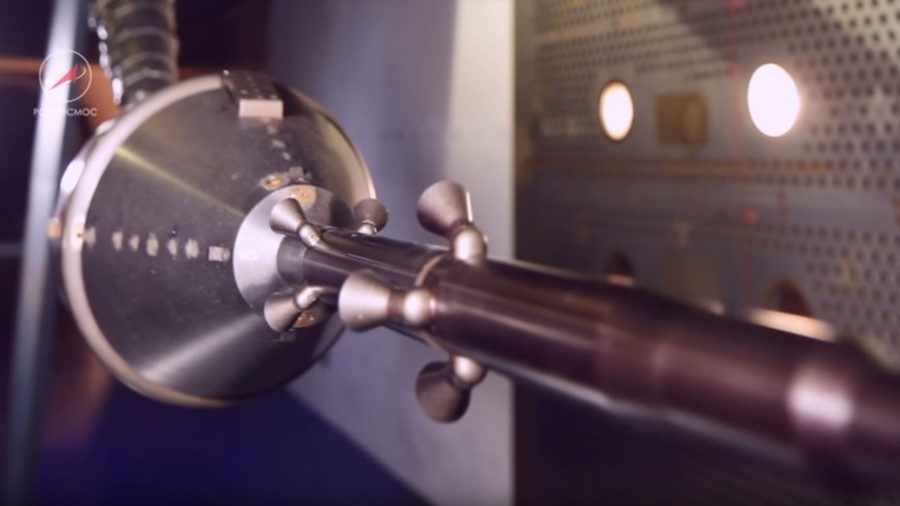The spacecraft, called PTK Federation, has been meticulously developed during the past decade. It is being designed to eventually replace the Soyuz in manned missions and also to serve as a space freighter to supply orbital stations like the ISS.
In late April three scale models of Federation were delivered to the facilities of TsAGI, or Central Aerohydrodynamic Institute, a leading Russian aviation and space laboratory. The lab has since been testing how the future spacecraft fares under enormous stress during launch and reentry phases. According to an industry source cited by the news agency TASS, the most serious tests in the TsAGI hypersonic wind tunnel have been successfully completed while those involving supersonic flows would continue until the end of the year.

All these requirements mean the spacecraft needs to withstand the pressure and temperature resulting from a high-speed air flow coming from pretty-much any direction, and the testing in the wind tunnels gives engineers ideas about what exactly those pressures and temperatures will be. The models used are sized about 1/20 of the real thing and are riddled with sensors taking the necessary measurements.
The manned version of PTK Federation is designed to carry up to four passengers, have an endurance of 30 days or spend up to a year docked to the International Space Station. Its designated launch vehicle is the Soyuz-5 rocket, which is currently under development. Federation's maiden launch is scheduled for 2023, with the first manned mission a year later.




Reader Comments
to our Newsletter